Shifting toward more circular practices could benefit companies and meet green consumer demand, yet the vast majority of valuable recyclable materials end up in landfills. However, while many companies fail to seize the potential of circularity, those that put circularity at the center of their operating models will have a competitive edge. Boston Consulting Group researchers share timely, applicable insights into the obstacles companies must navigate to shift toward circularity while sharing four action steps companies can take to boost both sustainability and profitability.
There’s a business case for circularity, but it requires companies to act interdependently.
Nearly $200 billion worth of recyclable materials end up in the trash every year, almost $70 billion of which is copper and $50 billion of which is plastic. Moving toward a circular economy isn’t just beneficial from an environmental perspective — when companies embrace circularity it benefits business too.
But the global economy is actually becoming more extractive and less circular. In 2023, only 7.2% of materials were derived from circular sources, a dip from slightly over 9% in 2018. In fact, if humanity remains on its current course, raw materials extraction is expected to climb to 167 gigatons in 2060 from 96 gigatons in 2000.
If companies want to embrace circularity, they must navigate the following barriers: economic barriers, as processing materials can cost more than the recycled materials themselves; technical barriers, related to finding sorting or technical solutions; capacity barriers, as there’s a limited number of recycling facilities available; and systemic inertia, as ...
Karthik Valluru, Martin Feth, Cornelius Pieper, Janice Lee, Gaurav Jindal, Tian Feng, and Shaun Knowles are professionals at Boston Consulting Group.










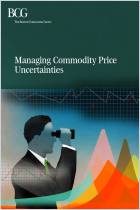
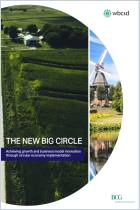
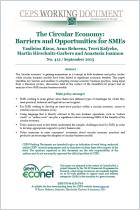
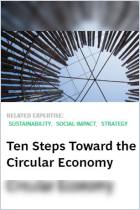
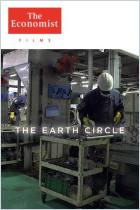

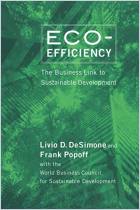




Comment on this summary